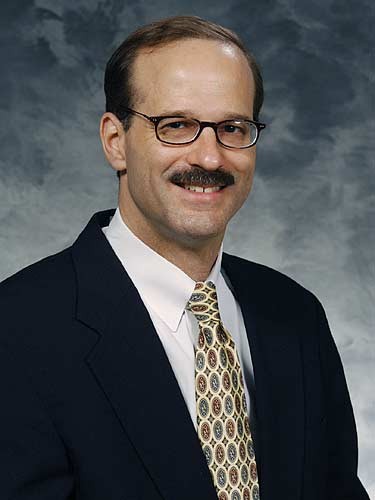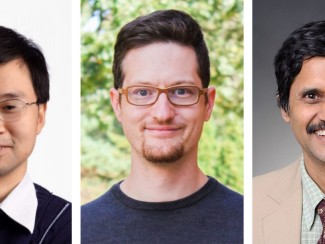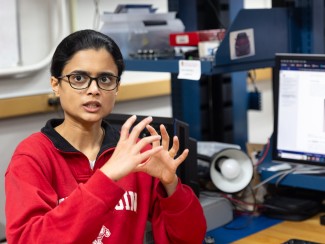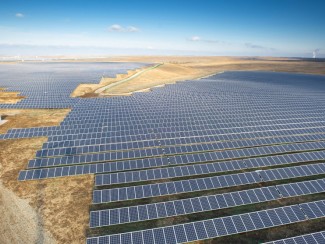On January 15th, 2016 a collaborative team led by UW–Madison’s Grainger Professor of Power Engineering and Wisconsin Energy Institute affiliate Christopher DeMarco was awarded $1.9 million in research funding to develop data sets for large-scale, realistic and open-access network models of the rapidly evolving U.S. electrical power grid.

Federal regulations severely limit access to any real-world data that could be used to guide malicious attacks on electric power infrastructure. That same data, however, could be tremendously useful for understanding how best to improve the grid. By developing data sets for modeling purposes, DeMarco hopes to address that information deficit, enabling researchers to explore concrete questions about the evolving electric power grid, such as how to facilitate and optimize integration of solar and wind energy, how to improve energy storage technologies and how to enhance electric energy markets.
“We’ve made great advances in electric energy technology over the past two decades,” DeMarco says. “We’ve reduced the costs of wind and solar and opened the door to new electric energy storage, but significant hurdles remain in integrating and optimizing these technologies on a large scale for the U.S. grid.”
Funded by the U.S. Department of Energy’s (DOE) Advanced Research Projects Agency–Energy (ARPA-E), DeMarco’s UW–Madison team includes Bernie Lesieutre, professor of electrical and computer engineering, Qunying Huang, assistant professor of geography, and Michael Ferris, professor of computer sciences. The project also enlists the expertise of the DOE’s Argonne National Laboratory and private companies GE/Alstom and GAMS Development Corporation, and will coordinate efforts with Commonwealth Edison, the largest electric utility in Illinois, serving almost four million customers in Chicago and the northern Illinois area.
In the project called EPIGRIDS (Electric Power Infrastructure & Grid Representations in Interoperable Data Sets), DeMarco’s team will develop large-scale synthetic transmission system models and scenarios to serve as test cases for reducing barriers to developing and adopting new technologies in grid optimization and control.
“We’ll produce open-access study cases and data, capturing all the important features of the real-world power grid, while protecting against malicious actors who might use such data to design attacks against critical energy infrastructure,” DeMarco says.
By emulating and accelerating in software the transmission and generation expansion decision processes that yielded today’s power infrastructure, the project aims to construct rich families of what DeMarco calls “realistic but not real” grid models. This construction will be informed by Geographic Information Systems (GIS) data on population density, industrial and commercial energy consumption patterns, and land use over geographic footprints ranging from the city level up to a continental scale.





